The archaeological remains of Kourion, one of Cyprus’ most important city-kingdoms in antiquity, are the most extensive on the island, and excavations have unearthed many significant finds. The city-kingdom was built on a hill overlooking the fertile valley of the river Kouris. The archaeological finds suggest that Kourion was associated with the Greek legend of Argos of in the Peloponnese and that its inhabitants believed they were descendents of Argean immigrants. The once-flourishing kingdom was eventually destroyed in a severe earthquake in 365 AD.
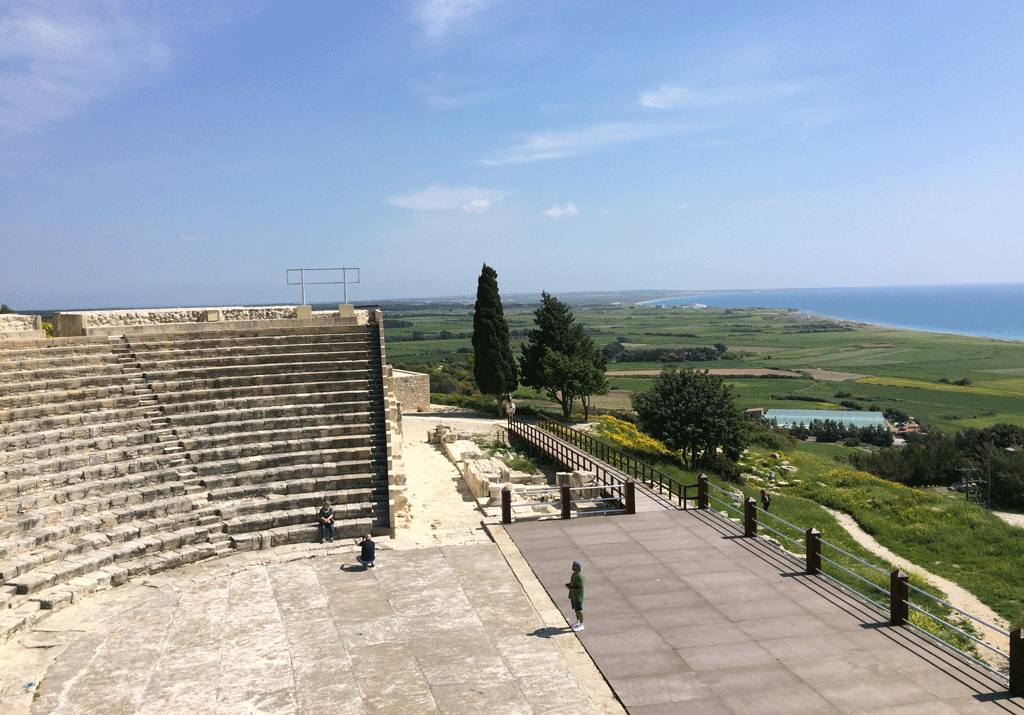
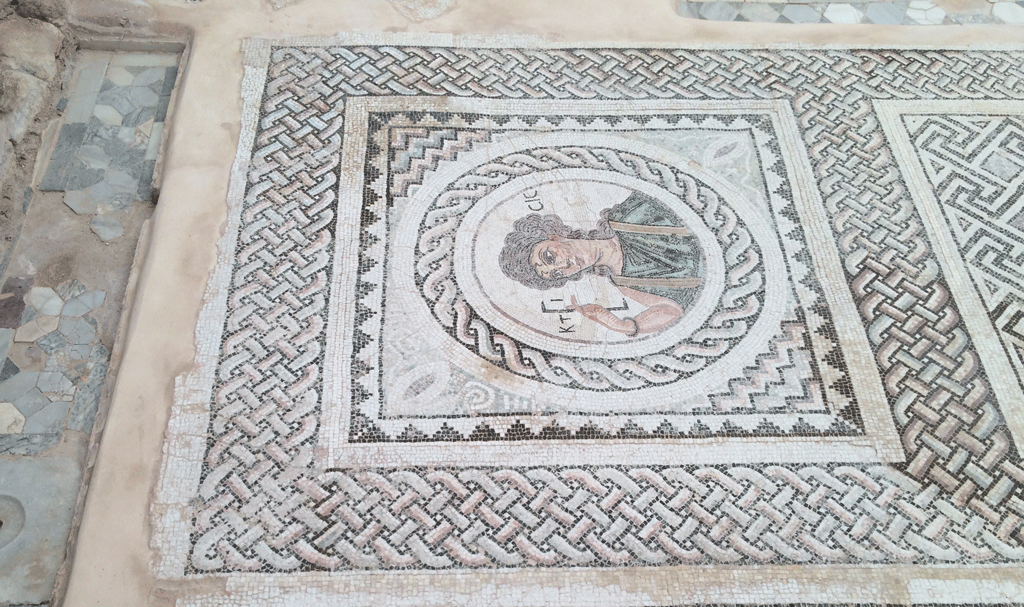
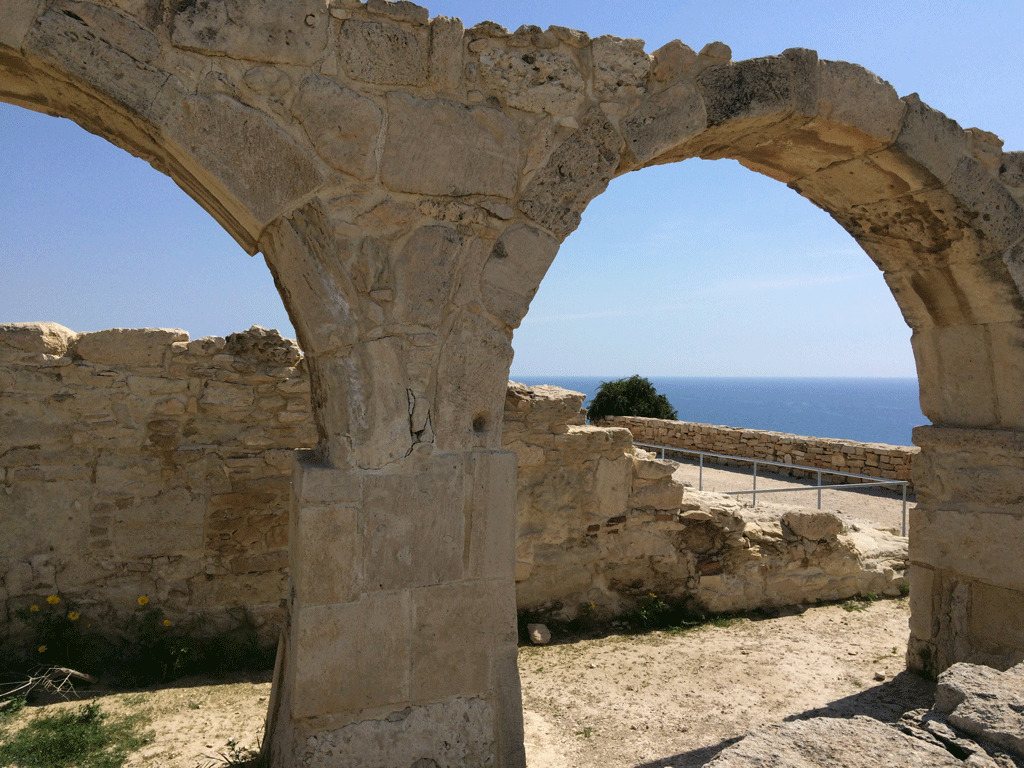
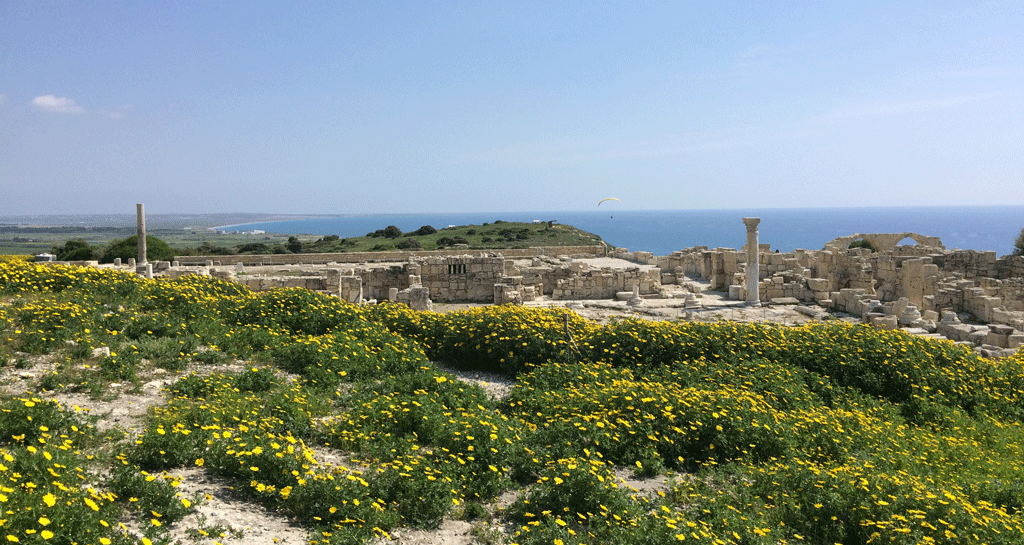
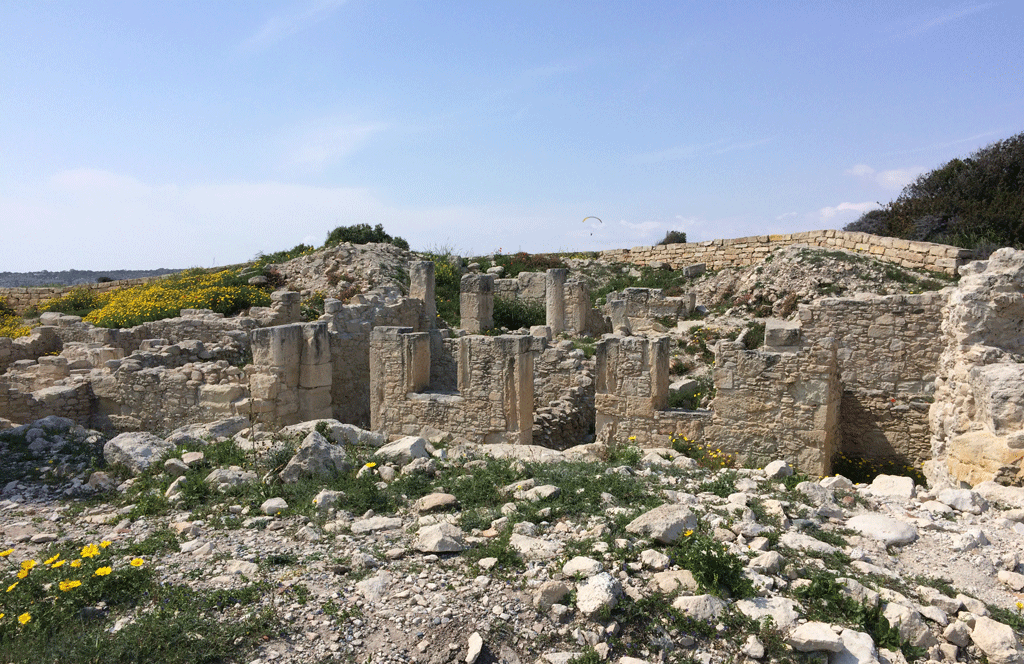
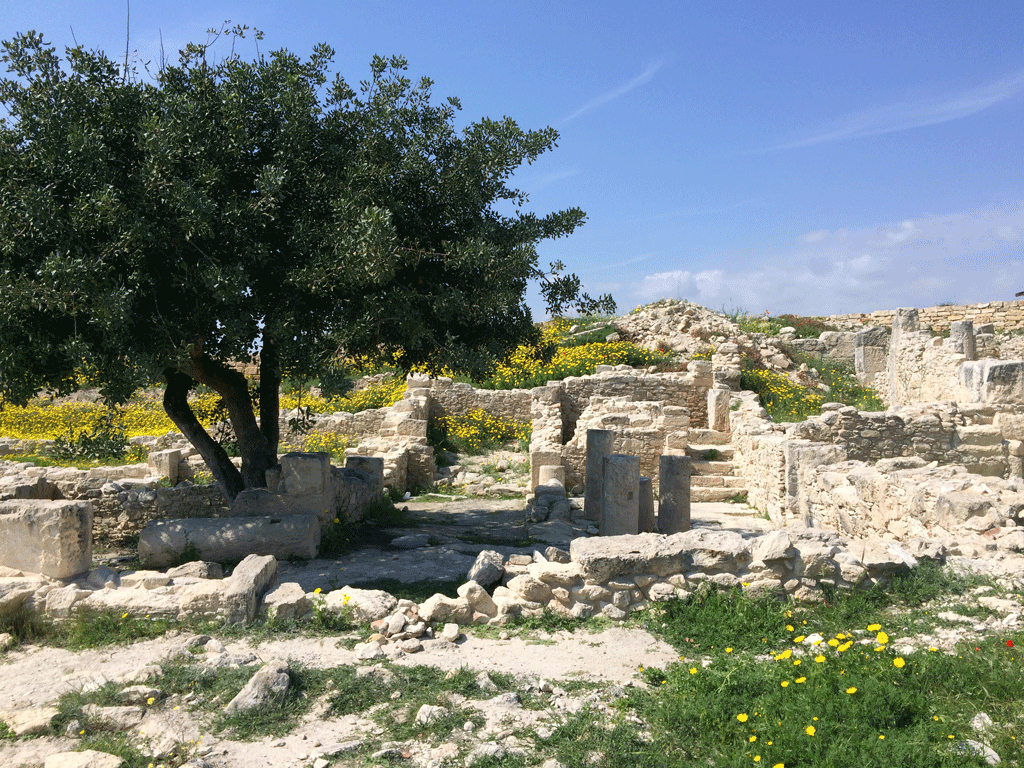
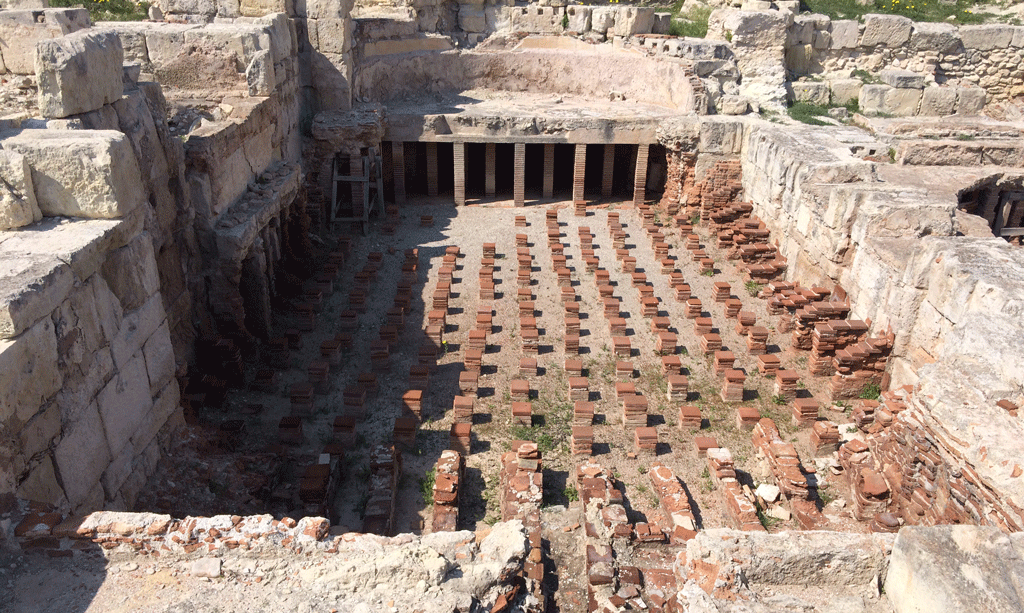
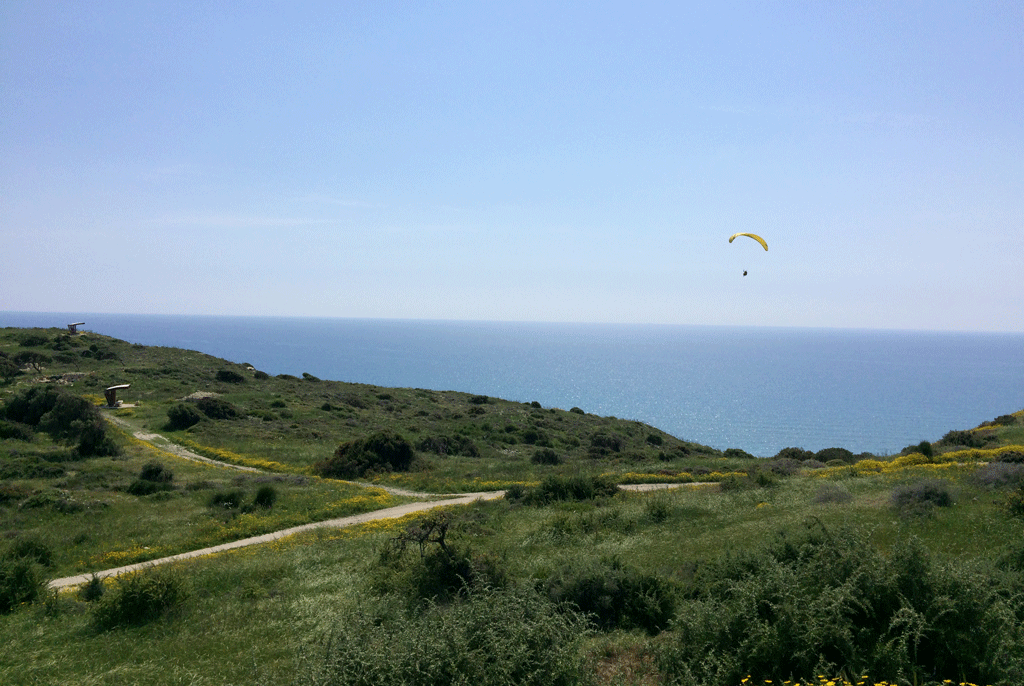
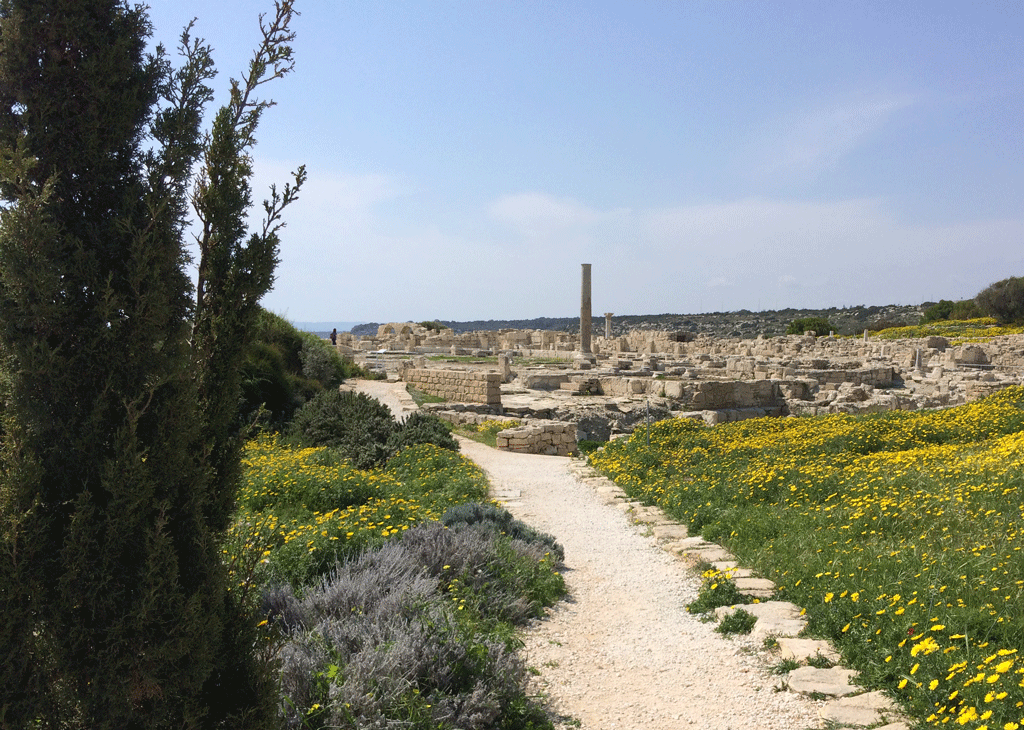






I had no idea of this ancient history of Cyprus.
Thanks for sharing its beauty.
It was an eye-opener to me as well!
The site looks remarkably free of tourists. Is this because it is pre-tourist season?
It was remarkably free of tourists. The “real season” is April to October so we arrived just before the crowds. Sometimes there were busloads but on the whole it was pretty tourisst-free.
Cyprus is on my list too, Rosemary, and one of the reasons is exactly its rich history and the multiple archeological sites. I see there are also some pretty well preserved mosaics in this area. I wonder if Kurion was ever rebuilt after the earthquake in 365 AD and if not, why?
I’m afraid I can’t answer that one at the moment. I’ll have to do a little research.